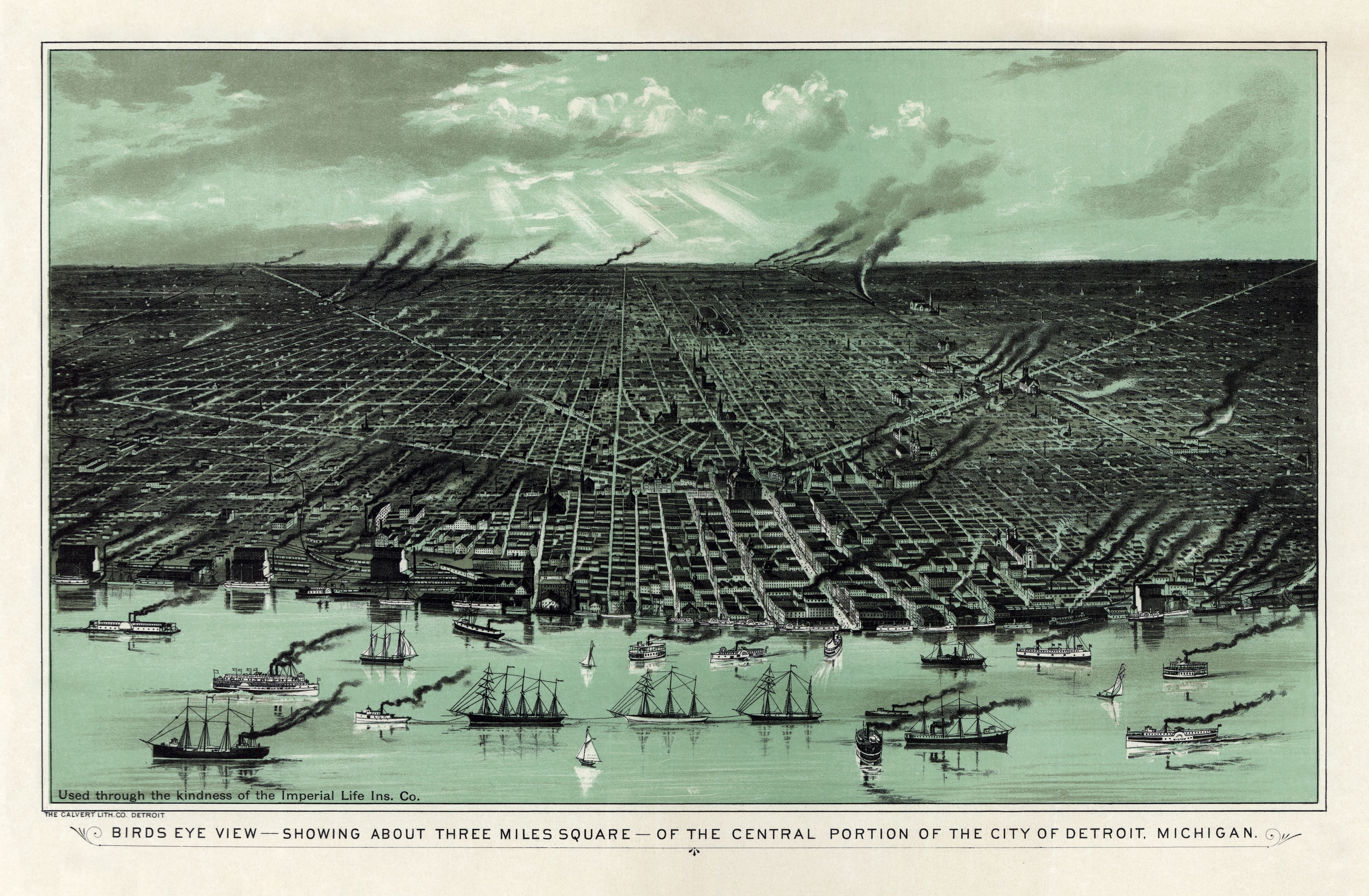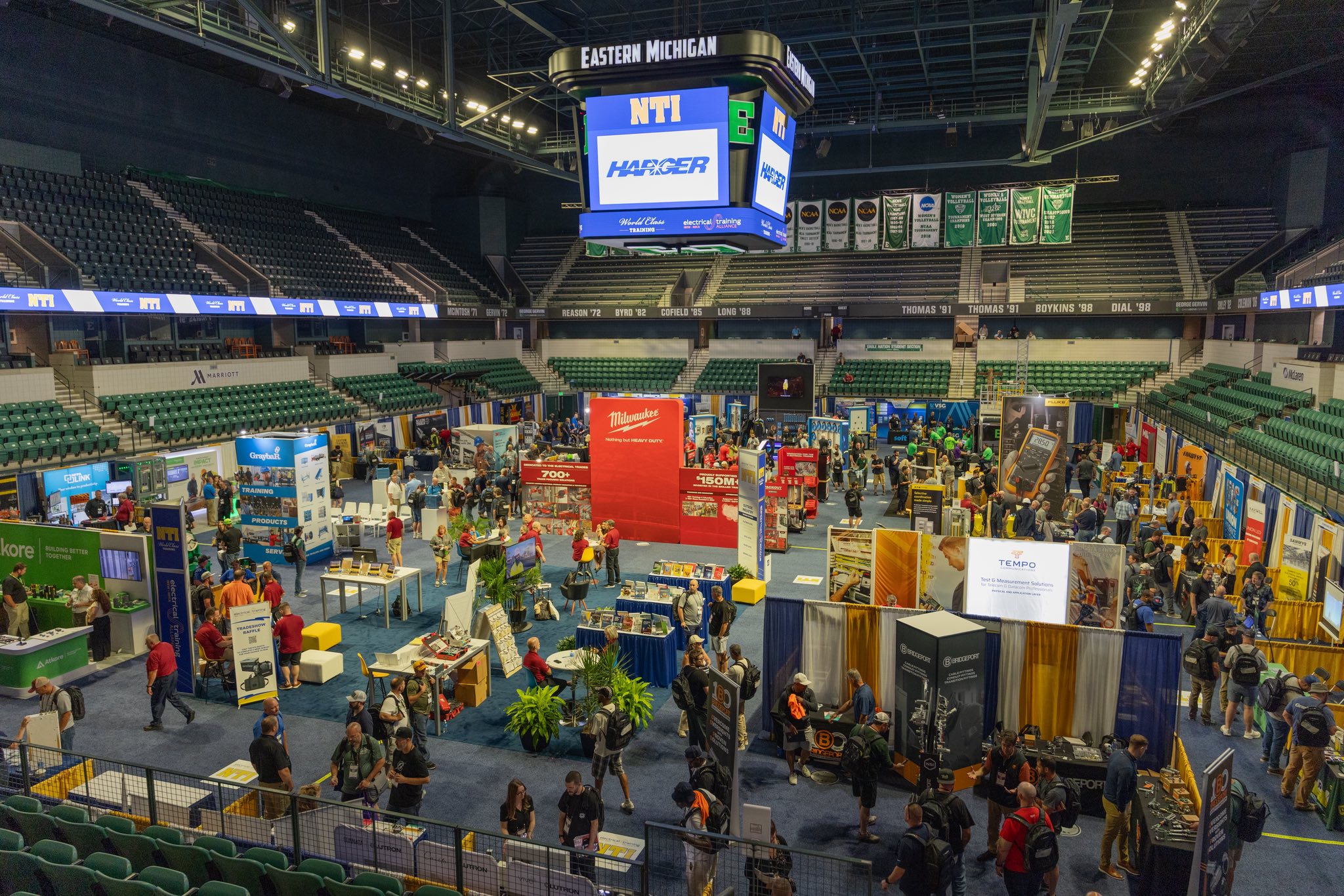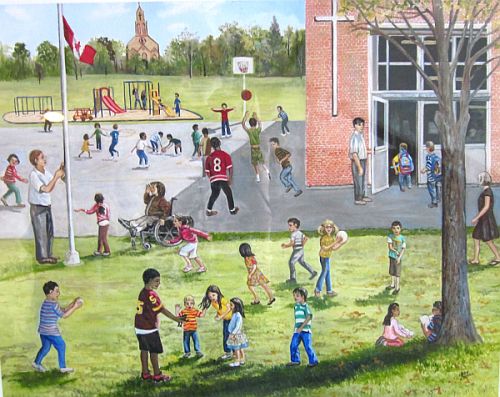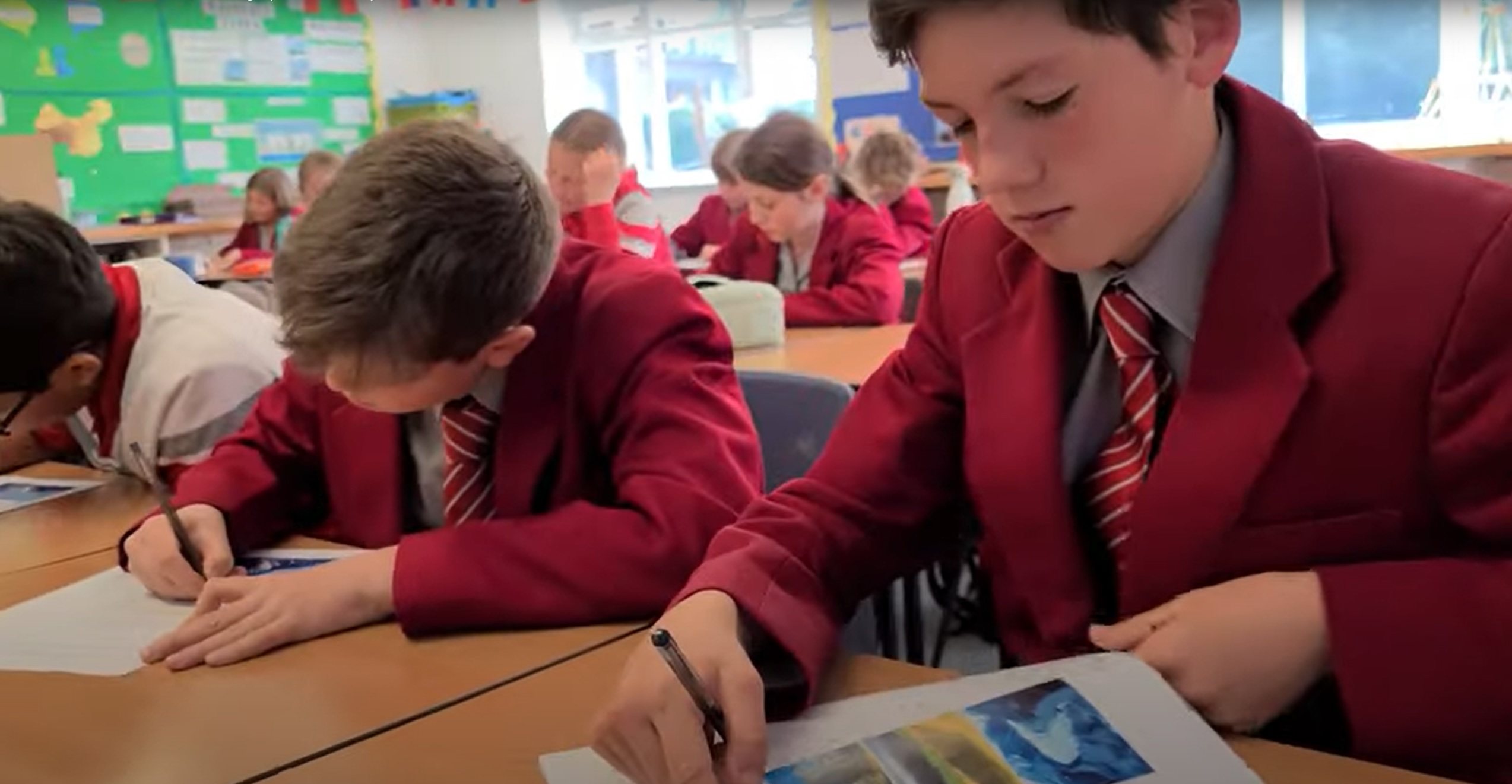Academic Leader Standard
- Home Page 79

Theatre: Lighting Design
Artificial lighting was first introduced to theater dramatic performance stages in the 17th century. The use of candles and oil lamps initially provided a means to illuminate the stage, allowing performances to take place in the evening and enhancing the visibility for both actors and the audience. Before this development, theatrical performances were typically held during daylight hours due to the reliance on natural light.
In the early 17th century, theaters in England began experimenting with various lighting techniques. Thomas Killigrew’s Theatre Royal, Drury Lane, in London, is often credited as one of the first theaters to use artificial lighting. The use of candles and later oil lamps evolved over time, leading to more sophisticated lighting setups as technology advanced.
The 18th and 19th centuries saw further innovations in stage lighting, including the use of gas lamps. Eventually, the introduction of electric lighting in the late 19th and early 20th centuries revolutionized stage lighting, providing theaters with a more reliable and controllable source of illumination. This allowed for greater creativity in the design and execution of lighting effects, contributing significantly to the overall theatrical experience.
More
Stage Lighting 101 — Everything You Need to Know
Boston University: Theater, Lighting Design
Wayne State University: Lighting Design
Michigan Electrical Administrative Act §338.883
The requirement for a licensed electrician and a certified inspector to perform and certify any electrical work above $100 is prohibitive for homeowners and facility managers. To the best of our knowledge, no other US state imposes this requirement. There are more efficacious approaches to supporting effective public electrical safety services.
Licensing and Regulatory Affairs | Electrical Administrative Board
Next Meeting: February 13, 2025 10:00 am
Meeting Minutes: August 8, 2024 (not yet available)
Meeting Minutes: October 31, 2024 (submittals for agenda items due September 26th)
Related:
Michigan Public Service Commission
MPSC takes next steps in enabling interconnection and distributed energy resources
Of considerable importance is the criteria set by this board to determine whether a journeyman electrician is permitted to practice his or her trade in the State of Michigan.
We have been advocating for changes to the State of Michigan Electrical Administrative Act that currently requires all electrical work valued above $100 to be installed by a licensed journeyman electrician and inspected by an accredited electrical inspector. The $100 threshold was set decades ago and has never been challenged by another other advocacy enterprise representing the user interest. Almost all of the stakeholders on the present Electrical Administrative Board are stakeholders who benefit economically from the $100 threshold. Much of the reason for the apparent imbalance of interests lies in tradition; but also because no user interest has been present to advocate for an update of the formal, fee schedule.
This advocacy priority was on the Do-List of the original University of Michigan codes and standards advocacy enterprise which was focused on strengthening the voice of the user/owner/final fiduciary in the promulgation of regulations affecting Michigan educational facilities (CLICK HERE for link to the legacy Advocacy Project 14-1). Of all the trades covered in the parent legislation — Stille-Derossett-Hale Single State Construction Code Act (Act 230 of 1972) — the electrical power discipline is the only discipline in Michigan building technology regulations that sets a dollar criteria for electrical work to be performed and inspected. While we recognize the need for safe installation of the electrical power chain within a building; we propose another criteria for establishing the requirement for a licensed electrician and a licensed inspector should be determined (as it is in all other construction disciplines administered by the Bureau of Construction Codes, a division of the Department of Licensing and Regulatory Affairs).
The actual text of the present regulation is available by clicking here: 338.881 Definitions | Electrical Administrative Act 217 of 1956
As a consequence of former Governor Snyder’s Office of Regulatory Reinvention significant changes to both the Bureau of Construction Codes, a division of the Department of Licensing and Regulatory Affairs) have taken place within the past twelve months; which make us optimistic about political support for our proposals. We will be collaborating with our colleagues at Michigan State University to make necessary legislative changes we believe will lower the #TotalCostofOwnership of education facilities in the State of Michigan.
We will refer the Michigan Electric Code, and other state electrical codes to the IEEE Education and Healthcare Facilities Committee which hosts bi-weekly breakout teleconferences with electrical professionals in the education facilities industry as required by the demand for them.
Electrical Administrative Board Responsibilities and Meeting Schedule
The next meeting of the Michigan Electrical Board is November 2nd. We have been attending the meetings in Lansing and have made our proposal to revisit the dollar criteria known to the entire board. We hope the Electrical Administrative Board will develop another criteria; inspired by the electrical administrative boards of other states.
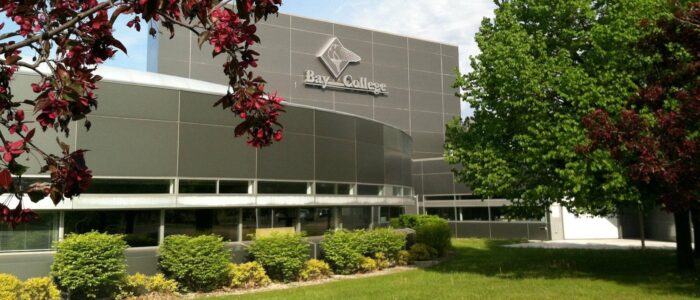
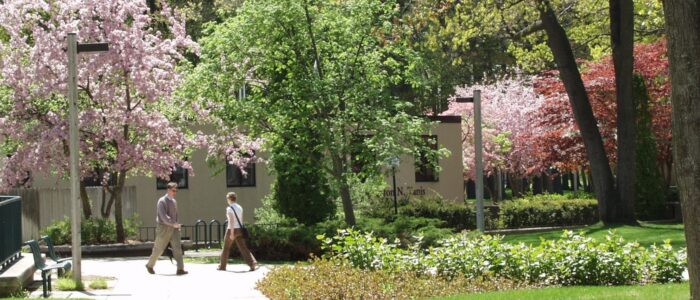
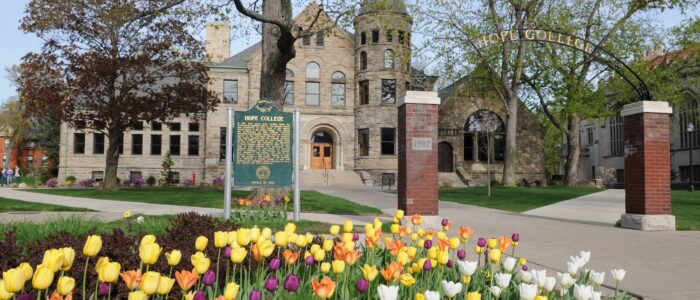
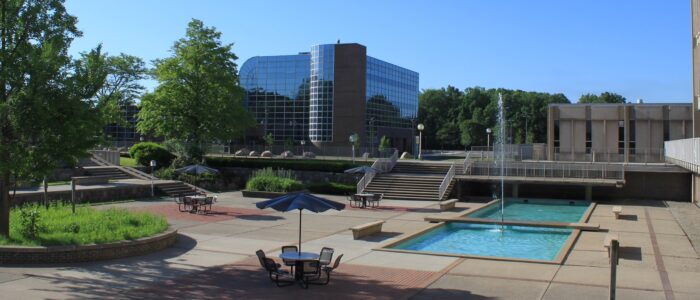
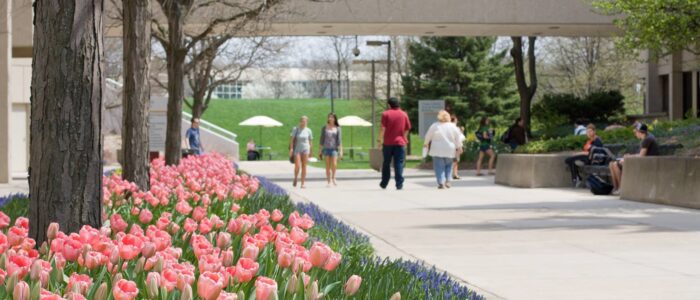
Issue: [14-1]
Contact: Mike Anthony, Jack Janveja, Richard Robben, Kane Howard
Category: Electrical, State & Local Legislation
Link to Issue 14-1 Legacy Website
LEARN MORE:
Wide Variations in State Adoptions of the NEC® Reveal Neglect of Electrical Safety
Electrical Training Alliance
Electrical Training Alliance | IBEW & NECA
For as along as the University of Michigan has held a position on the National Electrical Code, new generations of tradespeople have come to Ann Arbor to receive training and credentialling in the electrical trades. Originally the National Joint Apprenticeship Training Committee and hosted at several facilities on the UM campus in 1992 the event has expanded to require space at nearby Washtenaw Community College and Eastern Michigan University.
“When we stand side by side—contractor and electrical worker, apprentice and instructor, tradition and innovation—we build something more powerful than any one of us could build alone. Let’s keep that spirit going.”
Todd Stafford, Executive Director, etA#NTI2025 #etATraining pic.twitter.com/lAXPJ3hgD8
— electrical training ALLIANCE (@IBEWNECAetA) July 28, 2025
FYI: Work Session on Aluminum Wiring (August 2015)
What California College Students are Wearing
“Everything which is in any way beautiful is beautiful in itself….
That which is really beautiful has no need of anything”…
— Marcus Aurelius (Meditations)
Cheap Clothes and Costly Consequences
Could be us pic.twitter.com/QBk908qbWA
— Prep Propaganda 👔 (@prep_propaganda) August 20, 2025
Women’s fashion 1910’s-2010’s in 30 seconds using AI
[📹 Russell Klimas]pic.twitter.com/zXfpQDa96N
— Massimo (@Rainmaker1973) September 16, 2023
Evaluating devices to reduce microfiber emissions from washing machines
Liberty Bell March | John Philip Sousa
This content is accessible to paid subscribers. To view it please enter your password below or send mike@standardsmichigan.com a request for subscription details.
Playgrounds
They are the sons and daughters of Life’s longing for itself.
They come through you but not from you,
And though they are with you yet they belong not to you.
For they have their own thoughts.
You may house their bodies but not their souls,
For their souls dwell in the house of tomorrow,
Outdoor play facilities for school children are governed by several key codes and standards to ensure safety and accessibility. The European Standard EN 1176 outlines safety requirements for playground equipment, covering design, installation, and maintenance to minimize risks like entrapment and falls.
The Health and Safety at Work etc. Act 1974 mandates risk assessments and safe environments, while the Occupiers’ Liability Act 1957 (revised 1984) ensures playgrounds are reasonably safe for users.
The Consumer Protection Act 1987 holds manufacturers liable for defective equipment. The Children Act 1989 requires facilities to be suitable and safe. Ofsted emphasizes stimulating, inclusive, and varied play environments that promote physical and mental health, encouraging year-round outdoor learning. Compliance with these standards, alongside regular inspections (e.g., TÜV certification), ensures safe, durable, and engaging playgrounds that foster children’s development while minimizing injury risks.
Today at the usual hour we update our understanding of the technical literature that supports making these facilities safe, sustainable and enjoyable. Use the login credentials at the upper right of our home page.
County Fair
Standards Arizona | Other Agricultural Extension Offices
4-H is a U.S.-based network of youth organizations whose mission is “engaging youth to reach their fullest potential while advancing the field of youth development”. Its name is a reference to the occurrence of the initial letter H four times in the organization’s original motto head, heart, hands, and health, which was later incorporated into the fuller pledge officially adopted in 1927. In the United States, the organization is administered by the National Institute of Food and Agriculture of the United States Department of Agriculture.
Maricopa County Cooperative Extension
You’ll rarely need a doctor, lawyer, or policeman
But every day, three times a day, you need a farmer pic.twitter.com/X4CTPe11eT
— Conor Lynch (@c_k_lynch) July 25, 2022
Gallery: School Uniforms
Traditionally favored by private and parochial institutions, school uniforms are being adopted by US public schools in increasing numbers. According to a 2020 report, the percentage of public schools that required school uniforms jumped from 12% in the 1999-2000 school year to 20% in the 2017-18 school year. School uniforms were most frequently required by elementary schools (23%), followed by middle (18%), and high schools (10%). (Encyclopedia Britannica)
PRO
School uniforms may deter crime and increase student safety.
School uniforms keep students focused on their education, not their clothes.
School uniforms create a level playing field among students, reducing peer pressure and bullying.
Wearing uniforms enhances school pride, unity, and community spirit.
School uniforms may improve attendance and discipline.
Uniform policies save valuable class time because they are easier to enforce than a standard dress code.
School uniforms prevent the display of gang colors and insignia.
School uniforms make getting ready for school easier, which can improve punctuality.
School uniforms can save parents money.
Most parents and educators support mandatory school uniforms.
Students’ legal right to free expression remains intact even with mandatory school uniforms.
Students dressed in uniform are better perceived by teachers and peers.
Students can express their individuality in school uniforms by introducing variations and adding accessories.
So lovely to welcome Ailsa, Georgie and India from @mowden_hall to Robertson House 🦋🩵last night. Enjoy your @SedberghSchool taster experience! pic.twitter.com/5FqWOYtFXL
— Robertson House (@Robertson_Sed) October 7, 2024
CON
School uniforms restrict students’ freedom of expression.
School uniforms promote conformity over individuality.
School uniforms do not stop bullying and may increase violent attacks.
School uniforms do not improve attendance, academic preparedness, or exam results.
The key findings used to tout the benefits of uniforms are questionable.
School uniforms emphasize the socio-economic divisions they are supposed to eliminate.
Students oppose school uniforms.
Uniforms may have a detrimental effect on students’ self-image.
Focusing on uniforms takes attention away from finding genuine solutions to problems in education.
The push for school uniforms is driven by commercial interests rather than educational ones.
Parents should be free to choose their children’s clothes without government interference.
School uniforms in public schools undermine the promise of a free education by imposing an extra expense on families.
School uniforms may delay the transition into adulthood.
Northville (Michigan) Christian School Dress Code
Parkway Christian School Dress Code | Sterling Heights Michigan
Everyone would basically be 50% happier if everyone dressed a little better. Clothes are everywhere. Everyone doesn’t have to be a clothes hound, but if the girls looked pretty and the guys looked nice, people would be happier and even more optimistic about the future. pic.twitter.com/iQcNPL1cMl
— O.W. Root (@NecktieSalvage) July 17, 2024
Pomegranates: How and When to Pick
Standards Utah | Extension Service
The pomegranate is a significant symbol in Jewish tradition, particularly during Rosh Hashanah, the Jewish New Year. Its symbolism is rooted in both its physical characteristics and its cultural and spiritual associations.
Abundance and Fertility: Pomegranates are filled with numerous seeds, which symbolize abundance, fertility, and prosperity. During Rosh Hashanah, a time of renewal and hope for a sweet and bountiful year, eating pomegranates reflects the wish for a year filled with blessings and plenty.
Mitzvot and Righteousness: Jewish tradition often associates the pomegranate’s many seeds—traditionally said to number 613—with the 613 commandments (mitzvot) in the Torah. Consuming pomegranates during Rosh Hashanah expresses the hope that one’s life will be filled with good deeds and adherence to these commandments in the coming year.
Renewal and New Beginnings: Rosh Hashanah marks the start of the Jewish year, a time for introspection, repentance, and setting intentions for personal growth. The pomegranate, as a fruit that ripens around this season in the Mediterranean region, symbolizes renewal and the potential for a fresh start.
Connection to the Land of Israel: Pomegranates are one of the seven species (Shivat Haminim) mentioned in the Torah as special products of the Land of Israel (Deuteronomy 8:8). Their inclusion in Rosh Hashanah celebrations reinforces the connection to the land and its blessings, evoking gratitude and a sense of rootedness in Jewish heritage.
Hope and Sweetness: On Rosh Hashanah, it is customary to eat sweet foods to symbolize the hope for a sweet year. While pomegranates have a tart-sweet flavor, they are often included in the festive meal or ritual foods, accompanied by a blessing such as: “May it be Your will, O Lord our God, that our merits be as numerous as the seeds of a pomegranate.”
During Rosh Hashanah, pomegranates may be eaten fresh, incorporated into dishes, or displayed as part of the festive table. Some communities recite a specific blessing or prayer when eating the pomegranate, emphasizing its symbolic meaning. The fruit’s vibrant red color and seed-filled interior make it a powerful visual and spiritual emblem for the holiday’s themes of hope, abundance, and spiritual growth. This symbolism aligns with the broader themes of Rosh Hashanah: reflection, renewal, and the aspiration for a year filled with goodness and divine favor.
New update alert! The 2022 update to the Trademark Assignment Dataset is now available online. Find 1.29 million trademark assignments, involving 2.28 million unique trademark properties issued by the USPTO between March 1952 and January 2023: https://t.co/njrDAbSpwB pic.twitter.com/GkAXrHoQ9T
— USPTO (@uspto) July 13, 2023
Standards Michigan Group, LLC
2723 South State Street | Suite 150
Ann Arbor, MI 48104 USA
888-746-3670





